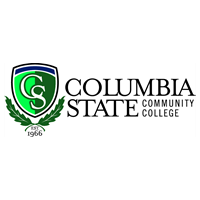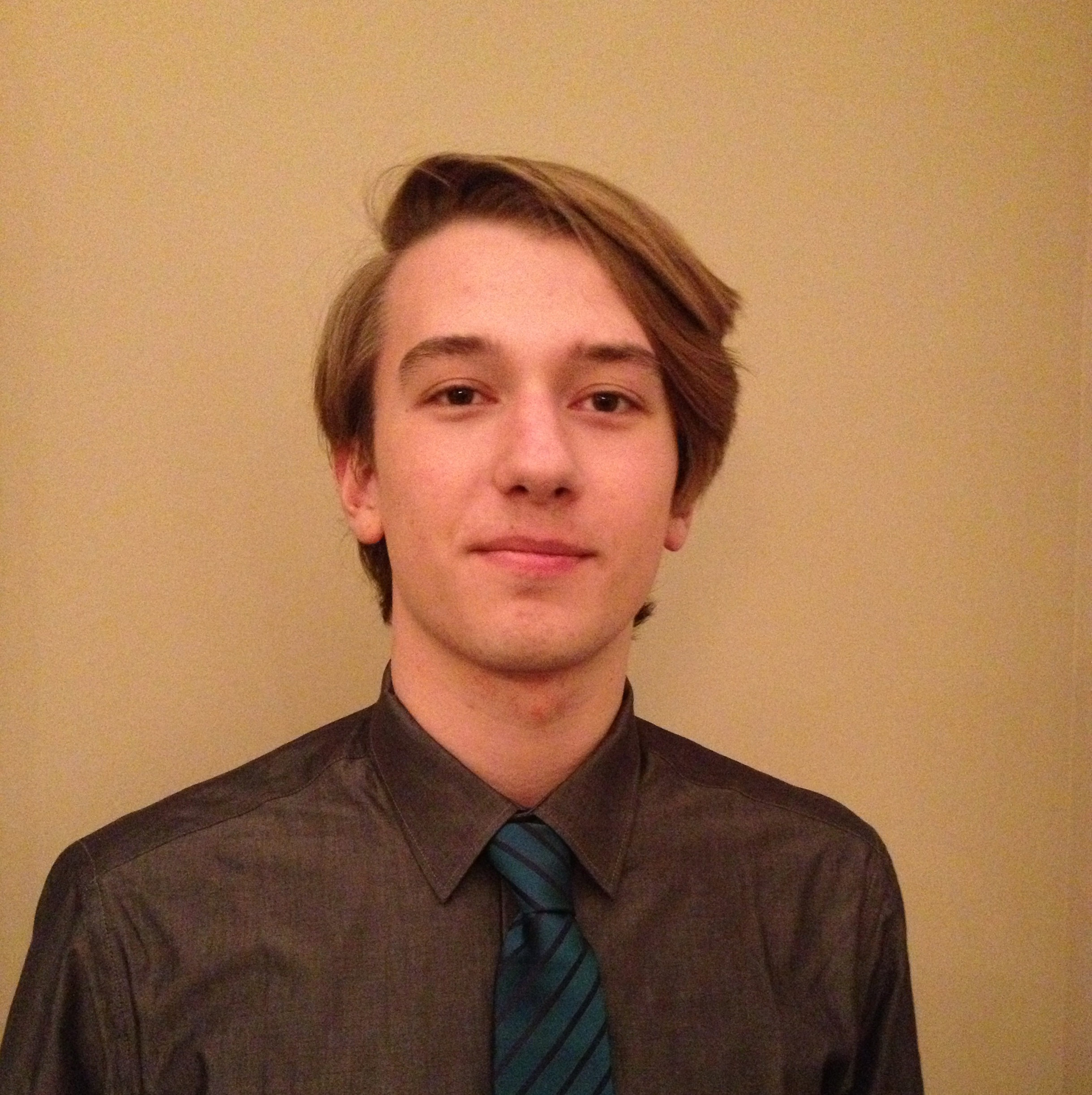Below is a summary of the abstract you submitted. Presenting author(s) is shown in bold.
If any changes need to be made, you can modify the abstract or change the authors.
You can also download a .docx version of this abstract.
If there are any problems, please email Dan at dar78@pitt.edu and he'll take care of them!
This abstract was last modified on April 25, 2019 at 2:54 a.m..

Bacteriophages, viruses that specifically infect bacteria, are the most abundant organisms on the planet. Phages have been of interest to scientists because they can efficiently destroy bacteria, and therefore, can be used for phage therapy. We isolated and characterized bacteriophages using a known host, the soil-dwelling bacterium Microbacterium foliorum. Bacteriophages were purified and amplified to increase the concentration of phage particles. The isolated bacteriophage genomic DNA was purified, treated with restriction enzymes and characterized using gel electrophoresis. The viral samples were visualized using transmission electron microscopy. We observed various viral life cycles: the lytic life cycle, where phages infect and rapidly kill infected host cells, as well as the lysogenic life cycle, where phages integrate into the host genome, instead of directly killing the host. The purified phage DNA samples were sequenced at Pittsburgh Bacteriophage Institute, and the novel sequences were annotated at CSCC. Phages Manatee and Vanisius are members of the Siphoviridae family. Manatee is a temperate phage belonging to the A cluster, A1 subcluster. Vanisius is a lytic phage belonging to the EE cluster. The genomes are considerably different in size with no gene sequence similarity. The genomes were analyzed based on their start and stop codons, z-scores, identity matches, cross-references in Phamerator, and between NCBI and HHPred toolkits. Our future goal is to further explore phage genome communities isolated from the immediate environment. Evaluating and understanding phage biology and taxonomy is essential to the development of phage therapy approaches and biotechnology application.

